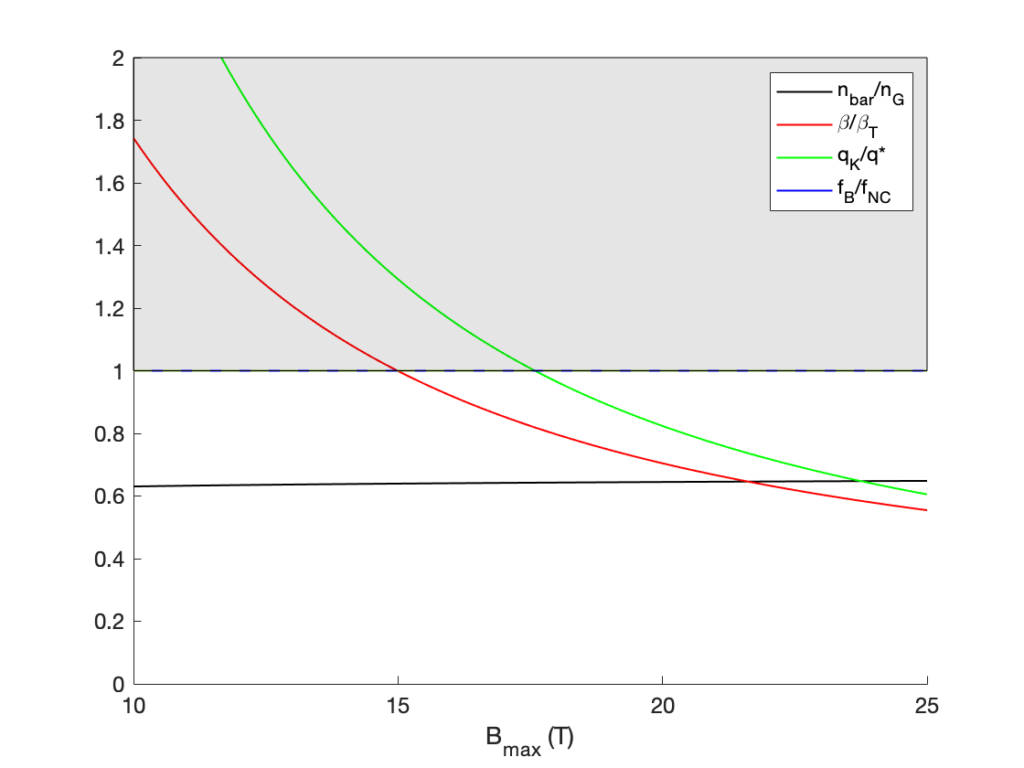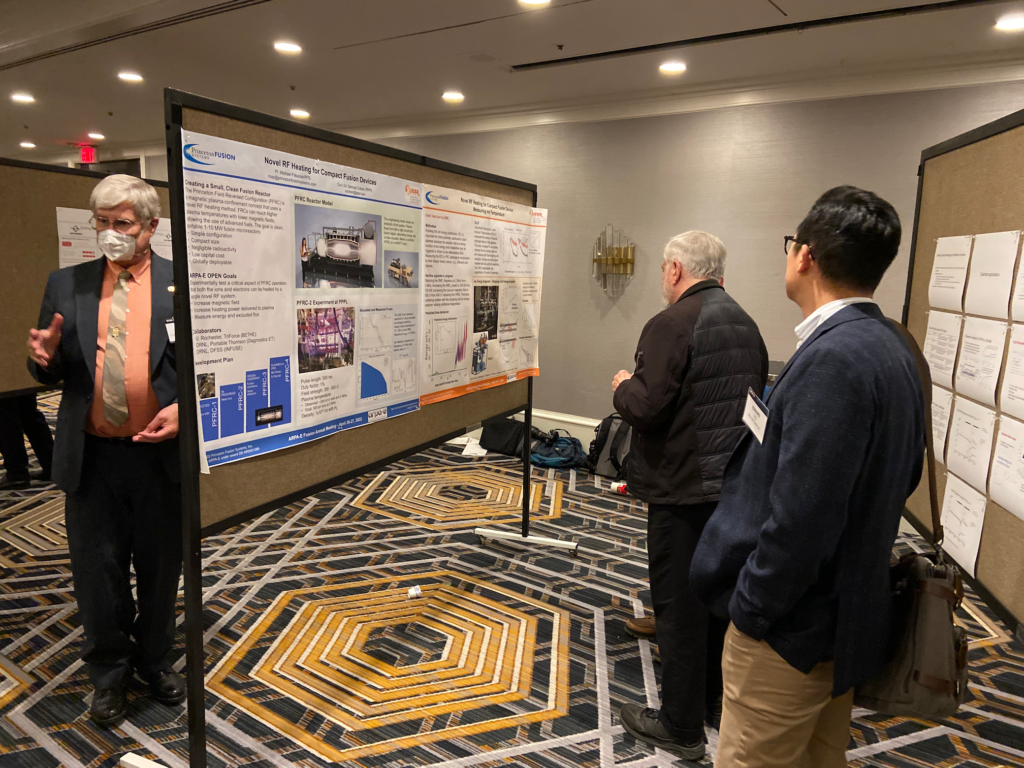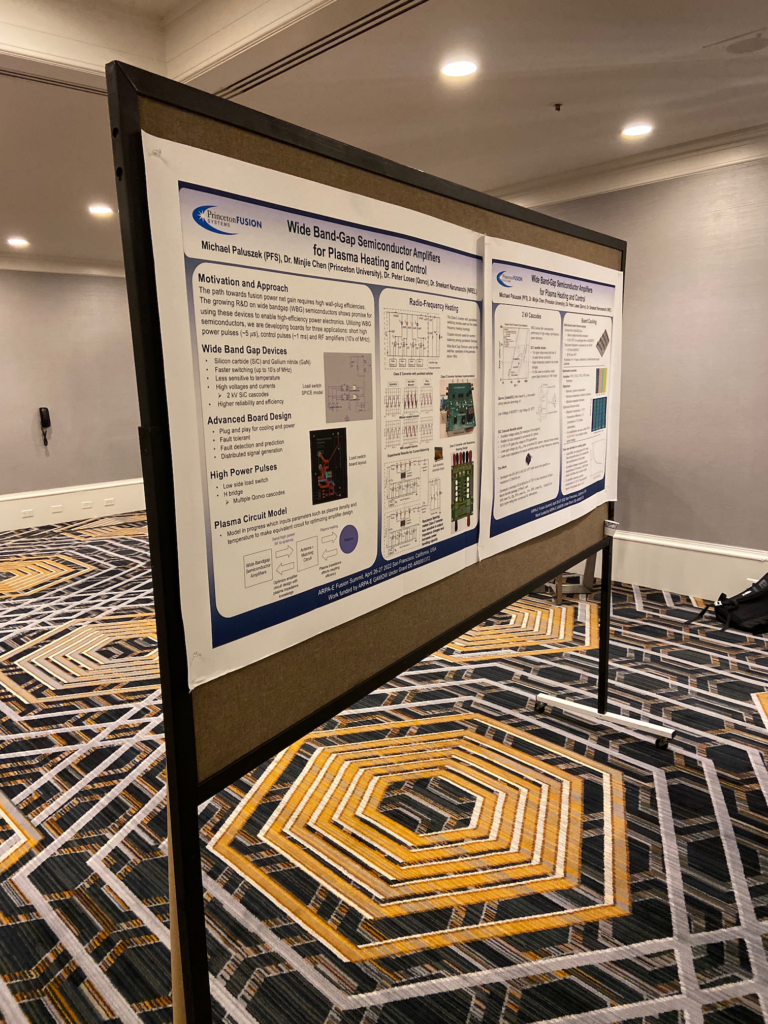The Fusion Energy Toolbox for MATLAB is a toolbox for designing fusion reactors and for studying plasma physics. It includes a wide variety of physics and engineering tools. The latest addition to this toolbox is a new function for designing tokamaks, based on the paper in reference [1]. Tokamaks have been the leading magnetic confinement devices investigated in the pursuit of fusion net energy gain. Well-known tokamaks that either have ongoing experiments or are under development include JET, ITER, DIII-D, KSTAR, EAST, and Commonwealth Fusion Systems’ SPARC. The new capability of our toolboxes to conduct trade studies on tokamaks allows our customers to take part in this exciting field of fusion reactor design and development.
The Fusion Reactor Design function checks that the reactor satisfies key operational constraints for tokamaks. These operational constraints result from the plasma physics of the fusion reactor, where there are requirements for the plasma to remain stable (e.g., not crash into the walls) and to maintain enough electric current to help sustain itself. The tunable parameters include: the plasma minor radius ‘a’ (see figure below), the H-mode enhancement factor ‘H’, the maximum magnetic field at the coils ‘B_max’, the electric power output of the reactor ‘P_E’, and the neutron wall loading ‘P_W’, which are all essential variables to tokamak design and operation. H-mode is the high confinement mode used in many machines.

This function captures all figure and table results in the original paper. We implemented a numerical solver which allows the user to choose a variable over which to perform a parameter sweep. A ‘mode’ option has been incorporated which allows one to select a desired parameter sweep variable (‘a’, ‘H’, ‘B_max’, ‘P_E’, or ‘P_W’) when calling the function. Some example outputs of the function are described below.
As an example, we will consider the case of tuning the maximum magnetic field at the coils ‘B_max’. The figure below plots the normalized operation constraint parameters for a tokamak as functions of B_max from 10 Tesla to 25 Tesla. The unshaded region, where the vertical axis is below the value of 1, is the region where operational constraints are met. We see that for magnetic fields below about 17.5 Tesla there is at least one operation constraint that is not met, while for higher magnetic fields all operation constraints are satisfied, thus meeting the conditions for successful operation. This high magnetic field approach is the design approach of Commonwealth Fusion Systems for the reactor they are developing [3].

Note, however, that there is a material cost associated with achieving higher magnetic fields, as described in reference [1]. This is illustrated in the figure below, which plots the cost parameter (the ratio of engineering components volume V_I to electric power output P_E) against B_max. There is a considerable increase in cost at high magnetic fields due to the need to add material volume that can structurally handle the higher current loads required.

In this post we illustrated the case of a tunable maximum magnetic field at the coils, though as mentioned earlier, there are other parameters you can tune. This function is part of release 2022.1 of the Fusion Energy Toolbox. Contact us at info@psatellite.com or call us at +01 609 276-9606 for more information.
Thank you to interns Emma Suh and Paige Cromley for their contributions to the development of this function.
[1] Freidberg, Mangiarotti, and Minervini, “Designing a tokamak fusion reactor–How does plasma physics fit in?”, Physics of Plasmas 22, 070901 (2015); https://doi.org/10.1063/1.4923266
[2] http://www-fusion-magnetique.cea.fr/gb/iter/iter02.htm
[3] https://news.mit.edu/2021/MIT-CFS-major-advance-toward-fusion-energy-0908


